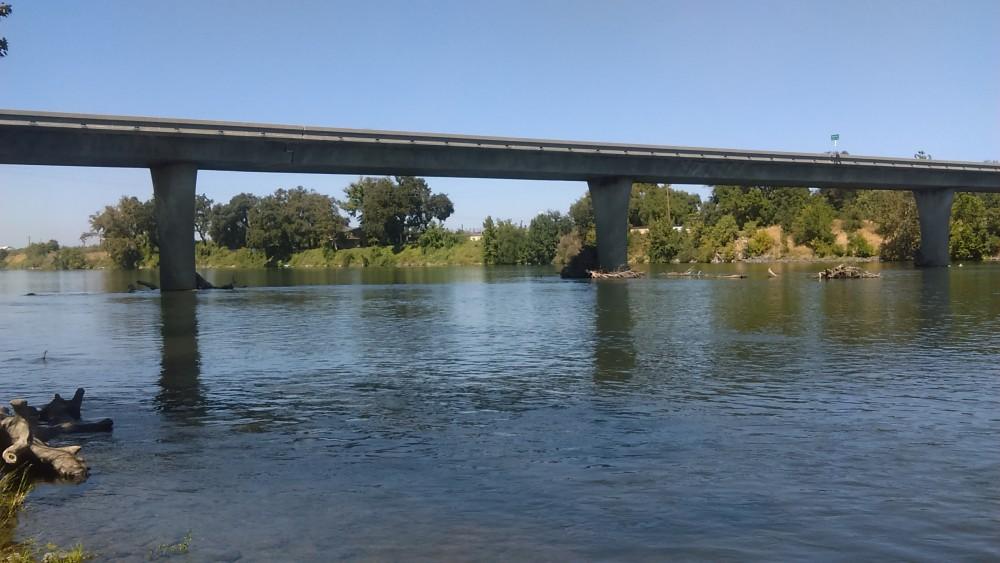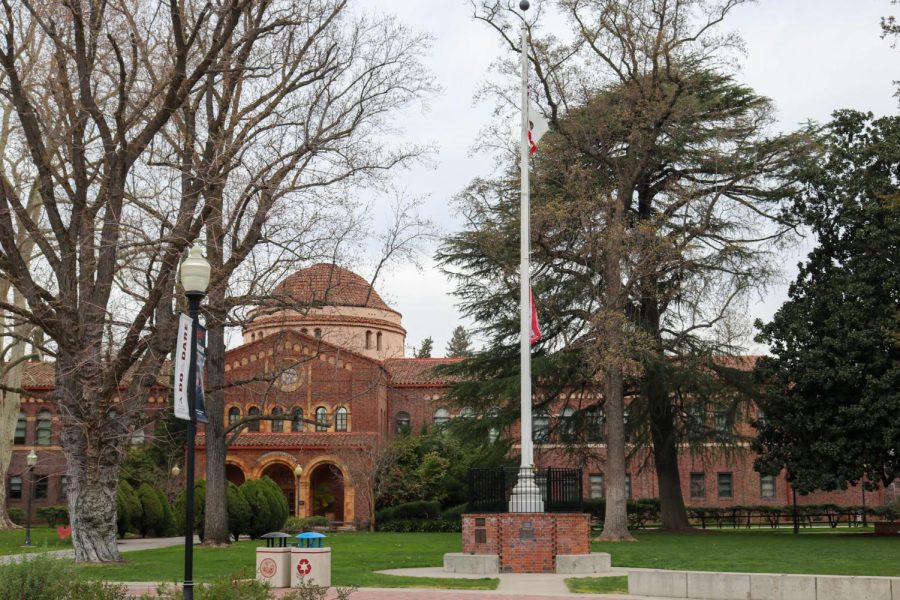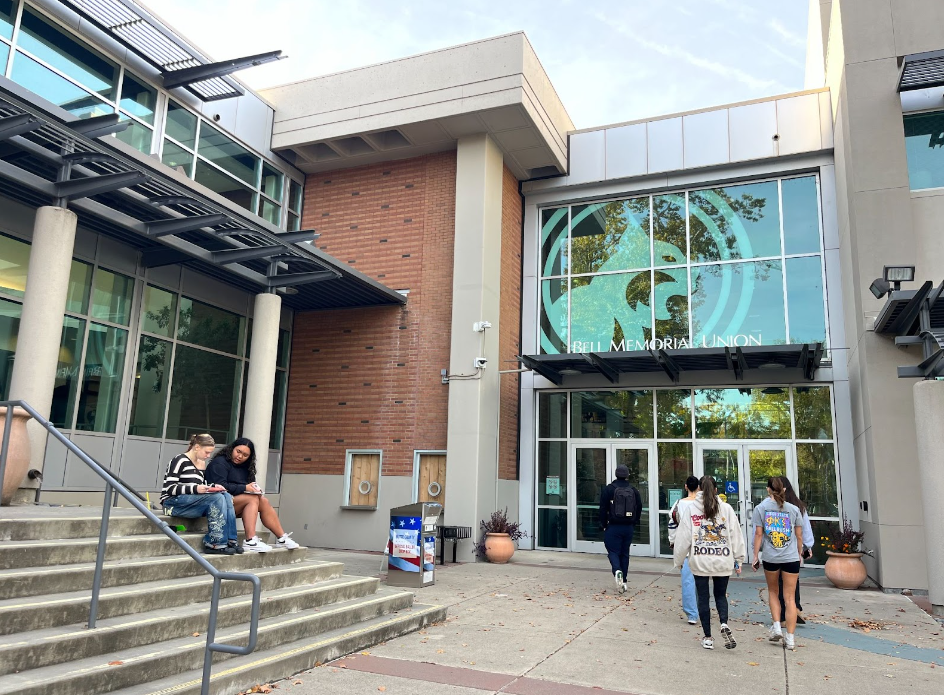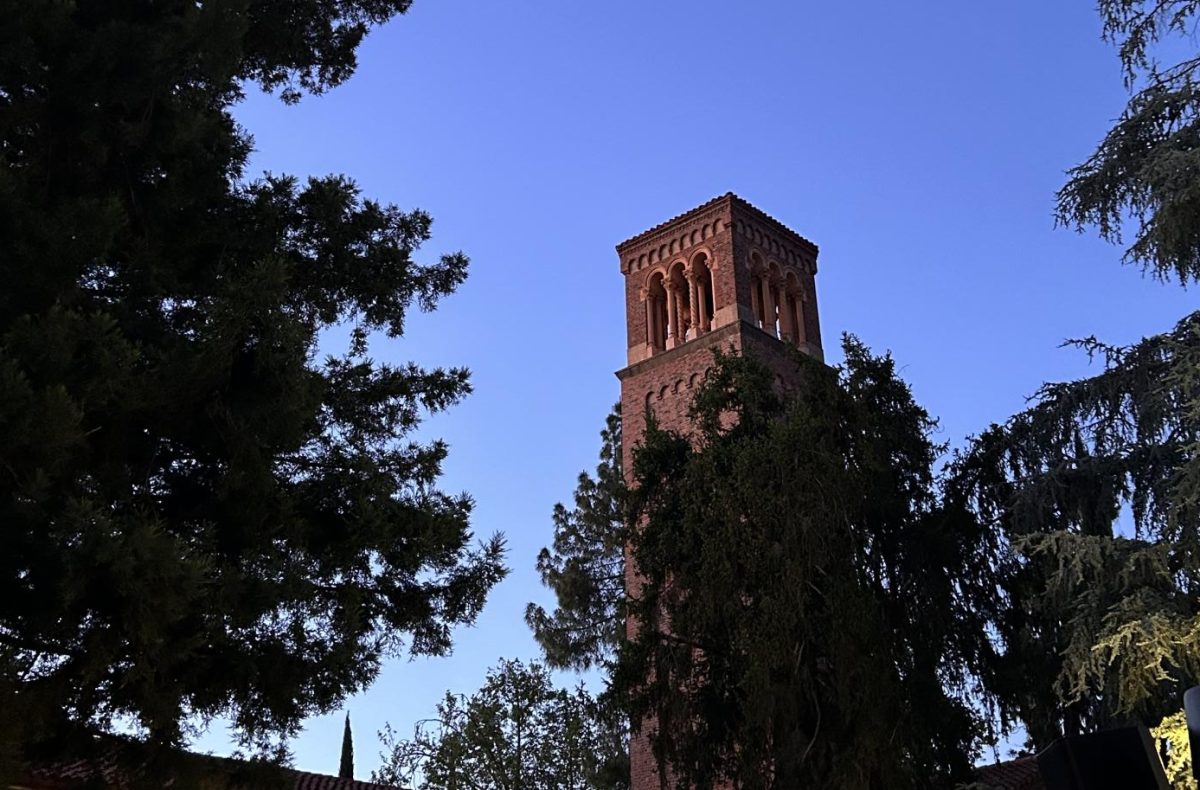
The water in the Sacramento River was noticeably cooler this past Labor Day weekend. Even though it was only a few degrees colder than last year, it can mean life or death for the salmon population.
Last year, nearly 95 percent of the Chinook salmon in the Sacramento River died because the water got too warm according to Tim Moran, public information officer for the State Water Resources Control Board.
One-third of the Chinook salmon population is in the Sacramento River each year because the other two-thirds are maturing in the ocean. This means that nearly a third of the entire population was wiped out, he said.
Prolonged heat and low water levels due to the drought are what caused the water to heat up. To lower the water temperature and keep the river habitable for migrating fish, cold water is being released from the depths of Lake Shasta.
“We lost a huge part of the run last year,” Moran said. “And this year we’re just hoping to avoid that and preserve this year’s salmon run.”
The efforts to keep the fish alive are being led by the Sacramento River Temperature Management Plan. The goal is to keep the river water between 56 and 58 degrees, according to Moran.
To do this, cold, deep water is released from Lake Shasta that then flows through the Keswick Dam near Redding. There are 54,000 gallons per second passing through the dam.
Moran added that the increased flow can be adjusted on an as-needed basis. The water temperature in the Sacramento River is being constantly monitored, so if it starts to spike, they’ll release more water.
“That’s made more difficult because of the drought,” Moran said. “There’s less water in the river and it’s hotter this summer so it’s harder to maintain that temperature. And it’s more difficult to maintain the cold water pool in reservoirs because the reservoir levels are lower.”
The goal is to keep the water temperature in the high fifties, because when it climbs above 60 degrees, it starts harming the salmon. The salmon start to die around 77 degrees, Moran said. According to the Sacramento River Basin Report Card, water in a Chinook habitat should stay below 18 degrees Celsius (64.4 degrees Fahrenheit).
Chinook salmon are anadromous fish, meaning they live in both freshwater and the ocean. They hatch in freshwater, migrate to the ocean where they mature, then swim back upstream to spawn and then die.
According to the California Department of Fish and Wildlife, there are 17 different runs of Chinook salmon in California, four of which inhabit the Sacramento River.
After passing under the Golden Gate Bridge and swimming through the bay, the salmon enter the Sacramento River Delta and swim upstream. When they swim upstream, the fish spawn in the Sacramento River’s upper tributaries, which include the McCloud, Little Sacramento and Pit rivers.
The Chinook salmon were listed as an endangered species under the Endangered Species Act in 1989, according to the California Department of Fish and Wildlife. The population hit a low point in the ’90s and has since made a recovery. But the drought has been the latest setback for the Chinook.
The water temperature in the Sacramento River will continue to be monitored in upcoming years to keep the salmon from dying, Moran said.
“The Sacramento River Temperature Management Plan is required annually,” Moran said. “It’s become more critical with the drought.”
Austin Herbaugh can be reached at [email protected] or @aherbaugh14 on Twitter.









